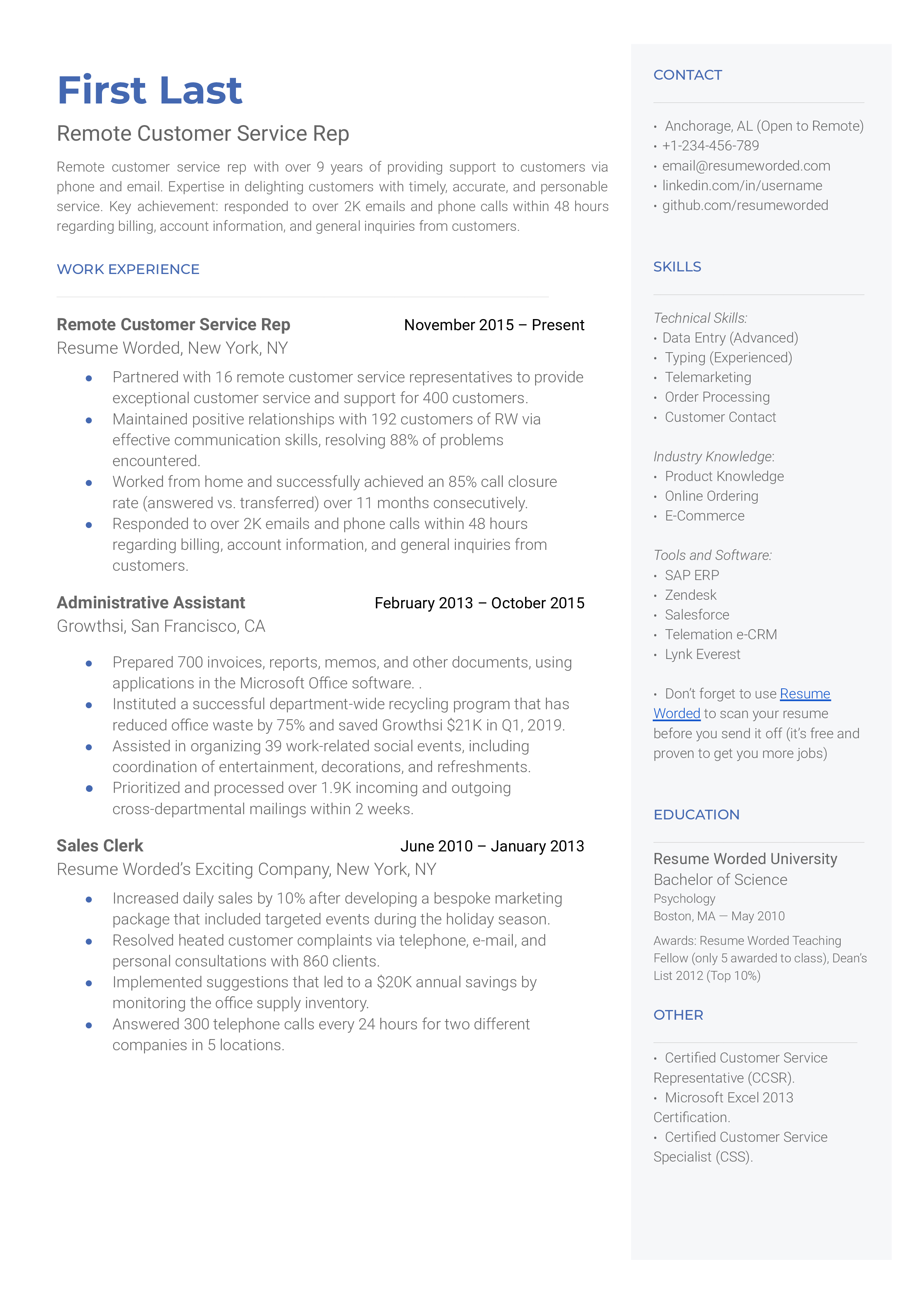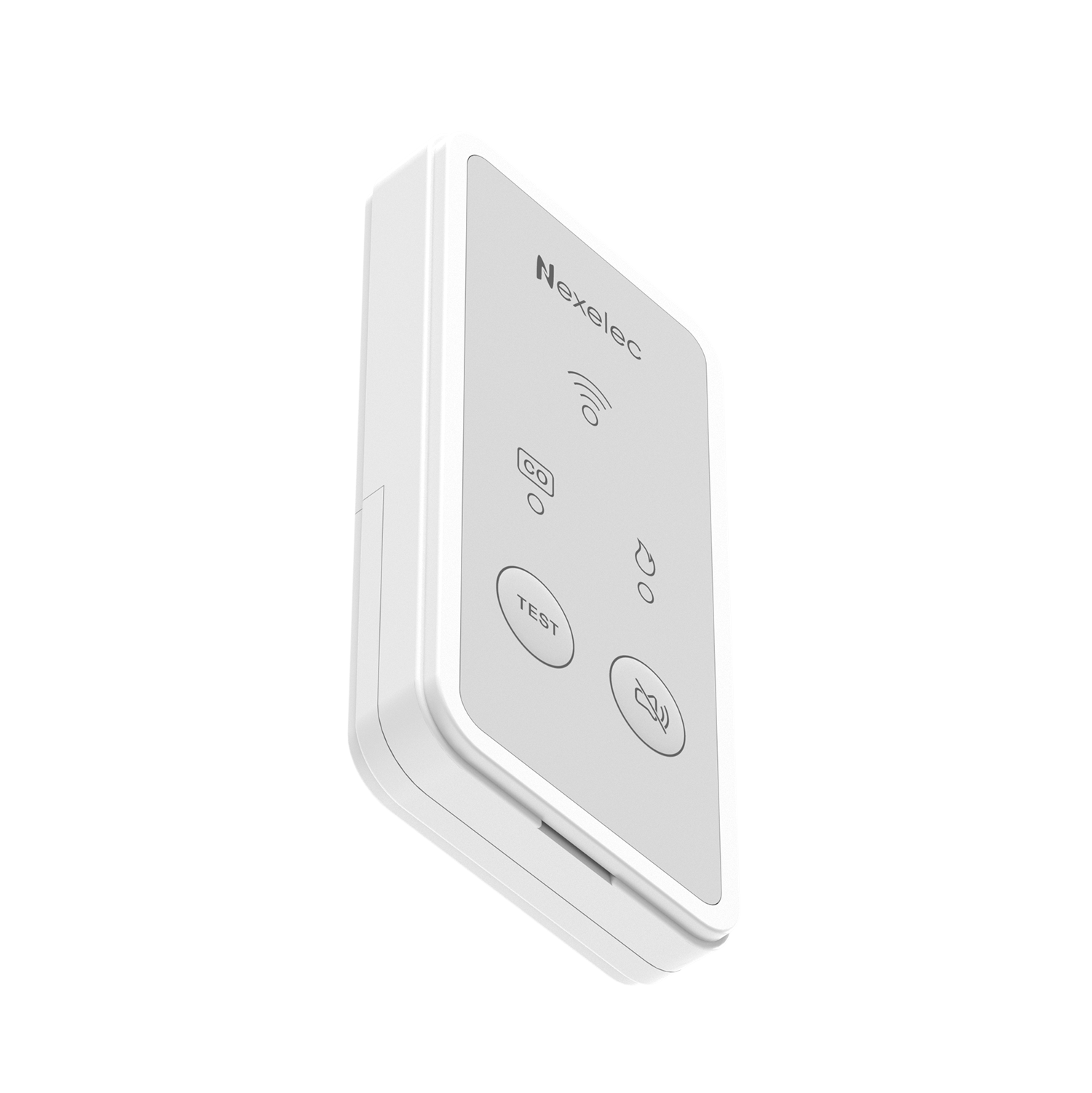Are you ready to unlock the full potential of your data and revolutionize your business operations? Remote IoT batch jobs are not just a trend; they are the cornerstone of modern efficiency, offering unparalleled opportunities for automation and streamlined processes.
In today's rapidly evolving digital landscape, businesses are constantly seeking innovative solutions to optimize their operations and gain a competitive edge. The rise of the Internet of Things (IoT) has presented both unprecedented opportunities and complex challenges in data management. Remote batch job processing has emerged as a vital tool for enterprises aiming to harness the power of IoT data effectively. This sophisticated approach is reshaping how industries handle data processing, automation, and remote operations, ushering in a new era of efficiency and control.
The convergence of IoT and the need for more efficient data management has propelled remote batch job processing into an essential solution for modern enterprises. The ability to automate repetitive tasks, minimize manual intervention, and enhance overall efficiency positions remote IoT as a game-changer for developers, system administrators, and business owners alike. It's about more than just keeping up; it's about staying ahead.
- Tiny Texue
- Bad Time At El Royale
- How Many Water Bottles Are In A Gallon Of Water
- Who Killed Mike Delfino
- How To Make 3 4 Cups
| Category | Details |
|---|---|
| Definition of Remote IoT | Integration of IoT technologies with remote systems enabling seamless communication and data exchange between devices, sensors, and central servers. |
| Key Features | Real-time data collection and processing, Secure communication protocols, Scalability to accommodate growing data needs, Integration with cloud platforms for enhanced storage and analytics. |
| Batch Job Definition | A set of instructions or commands executed in sequence without user interaction, typically scheduled to run during off-peak hours. Ideal for data aggregation, report generation, and system maintenance. |
| Applications & Benefits | |
| - Data Aggregation | Smart City: Aggregate data from traffic patterns, air quality, and weather conditions to generate daily reports for city planners. |
| - Predictive Maintenance | Manufacturing: Analyze sensor data to predict machinery failures and schedule maintenance, reducing downtime. |
| - Energy Management | Smart Grids: Process data to optimize energy distribution and reduce wastage, ensuring efficient resource management. |
| Benefits | Increased Efficiency, Improved Accuracy, Cost Savings, Scalability. |
| Implementation Steps | Define Scope, Choose Right Tools, Configure the System, Test and Optimize. |
| Challenges | Data Security, System Complexity, Resource Management. |
| Best Practices | Define scope, select appropriate tools, implement security, monitor performance, document the process. |
| Tools & Technologies | Apache Hadoop, AWS Batch, Cron Jobs. |
| Future Trends | Advancements in AI, Machine Learning, and Edge Computing. Sophisticated batch processing systems with minimal human intervention. |
For further reading, here is a link to a comprehensive resource on the topic: AWS Batch
RemoteIoT batch jobs, at their core, are about orchestrating efficiency. These jobs represent a systematic method of executing a series of commands or instructions in a predetermined sequence, without requiring any form of user interaction once initiated. The beauty of this approach lies in its automation capabilities, making it particularly useful for processing the large volumes of data harvested by IoT devices. Batch jobs excel in scenarios where real-time processing is not crucial, but accuracy and reliability are non-negotiable. They are typically scheduled to run during off-peak hours, thus minimizing their impact on system performance. This careful planning allows organizations to optimize resource utilization and ensure critical tasks are completed effectively and efficiently.
The power of RemoteIoT is amplified through its integration with remote systems. This integration fosters a seamless communication and data exchange ecosystem among diverse elements: devices, sensors, and central servers. This is how businesses can monitor and control IoT devices from a distance, transforming the way we manage and analyze data. It's a core component of remote monitoring, predictive maintenance, and automated data processing. Consider a sprawling agricultural operation with sensors monitoring soil conditions, weather data, and crop health. A remote IoT system allows the farm managers to analyze this data in real time, make informed decisions about irrigation, fertilization, and pest control, all from a central office or even a mobile device. This is the essence of intelligent agriculture.
The very essence of a RemoteIoT system resides in its key features. Real-time data collection and processing is the foundation, allowing for immediate insights and actions. The use of secure communication protocols ensures data integrity and confidentiality, essential in an era of increasing cyber threats. Scalability is another pivotal feature, as the ability to adapt to growing data needs is critical for sustainable growth. Moreover, integrating cloud platforms enhances storage, and enables sophisticated analytics, thus allowing businesses to unlock the full value of their IoT data. The combination of these elements lays the foundation for powerful, versatile, and secure data management.
A closer look at the core functionality of batch jobs in RemoteIoT reveals their critical role in the processing and analysis of large datasets. Batch jobs excel at data aggregation, which is the process of combining data from various sources into a unified view. Consider a city's smart traffic management system, which collects real-time data from sensors installed on roadways. This data can be aggregated to provide insights into traffic flow, congestion patterns, and accident locations. Batch jobs can then generate daily or weekly reports for traffic planners, enabling them to make data-driven decisions on traffic management and infrastructure improvements.
Batch jobs are also ideal for report generation and system maintenance. In manufacturing, predictive maintenance relies on sensors to monitor the condition of machinery. Batch jobs can analyze the data collected by these sensors to identify potential failures before they occur. This allows for scheduled maintenance tasks, reducing downtime and associated costs. This proactive approach extends the lifespan of machinery, improves operational efficiency, and reduces unexpected disruptions. Additionally, batch jobs can be used for system maintenance tasks such as database backups, software updates, and security audits. Automating these processes frees up IT staff to focus on more strategic activities, ensuring the smooth and secure operation of the entire system.
The implementation of RemoteIoT batch jobs is a multi-step process that begins with a clear understanding of the tasks to be automated and the data sources involved. Defining the scope of the batch job is the first step, as it determines the specific tasks and the data sources to be used. This includes identifying the types of data to be processed, the frequency of processing, and the desired output. Next, selecting the right tools and technologies is crucial for the successful execution of the batch job. Popular options for big data processing include Apache Hadoop, while cron jobs offer a straightforward approach to scheduling tasks on Unix-like systems. Cloud platforms such as AWS Batch offer scalable processing capabilities and seamless integration with other cloud services.
After selecting the tools, the system must be properly configured to efficiently handle the batch job. This involves setting up data pipelines for data extraction, transformation, and loading (ETL). Monitoring tools must be implemented to track the performance of the batch job and identify any issues. Security protocols are also crucial to ensure the confidentiality, integrity, and availability of the data. Once the system is configured, the batch job must be thoroughly tested to ensure that it runs smoothly and produces the desired results. This includes testing the job with different data sets, validating the output, and identifying any performance bottlenecks. Finally, adjustments can be made to optimize the performance and resource utilization, ensuring that the batch job runs as efficiently as possible.
The benefits of RemoteIoT batch jobs extend far beyond mere efficiency. Automated processes drastically reduce the need for manual intervention, thereby freeing up valuable human resources. This allows staff to focus on more critical activities, increasing productivity and fostering innovation. Further, batch jobs enhance data accuracy. Automating data processing minimizes the risks of human error, resulting in reliable and consistent results. This increased accuracy is invaluable in industries where data integrity is paramount, like finance or healthcare. Cost savings is another significant advantage. Automating tasks reduces labor costs and optimizes resource utilization, leading to tangible financial benefits.
Moreover, remote IoT batch jobs provide unparalleled scalability. This feature allows them to adapt to the growing needs of businesses of all sizes, from startups to large enterprises. Scalability ensures that the system can handle increasing data volumes without compromising performance. For example, as an IoT deployment expands to include more sensors and data sources, the batch jobs can be scaled to handle the increased data load. This makes RemoteIoT batch jobs a future-proof solution that can evolve with the business.
However, organizations must address certain challenges to fully leverage the power of RemoteIoT batch jobs. Data security is a primary concern, and robust security measures must be implemented to safeguard sensitive data during transmission and processing. This includes encryption, access controls, and regular security audits to protect against data breaches and cyberattacks. The complexity of configuring and managing these systems presents another challenge. Organizations with limited technical expertise may find it difficult to manage complex systems. Proper training and support are therefore essential to overcome this challenge, either through in-house training or outsourcing to specialized service providers.
Optimizing resource utilization is also critical to ensure that batch jobs run efficiently without impacting system performance. This includes monitoring resource allocation, identifying and resolving bottlenecks, and optimizing code for performance. Resource management involves carefully planning and monitoring resource allocation to avoid delays and ensure smooth operation. This could involve using resource-aware scheduling tools and regularly reviewing resource usage to identify areas for improvement. The challenges are real, but with careful planning and diligent execution, these can be overcome.
The successful implementation of remote IoT batch jobs requires adherence to a set of best practices. Defining the scope and objectives of the batch job is paramount. It is crucial to outline the specific tasks to be automated, the data sources to be used, and the desired outcomes. This helps ensure that the batch job aligns with the organization's requirements. Selecting the appropriate tools and technologies is another essential practice. These should be carefully evaluated based on the organization's needs and the specific requirements of the batch job. Implementing robust security measures is critical for protecting sensitive data. This involves implementing encryption, access controls, and regular security audits.
Regularly monitoring system performance and making necessary adjustments is also important. This helps to identify and resolve any performance bottlenecks or issues, ensuring that the batch job runs efficiently. Documenting the entire process thoroughly is crucial to facilitate future maintenance and updates. This includes documenting the scope, objectives, tools and technologies, configurations, and any adjustments made during implementation and operation. This documentation becomes an invaluable resource for future maintenance, upgrades, and troubleshooting. By adhering to these best practices, organizations can significantly increase the likelihood of a successful RemoteIoT batch job implementation.
The ecosystem of tools and technologies supporting RemoteIoT batch jobs is rich and varied. Apache Hadoop is an open-source framework that enables the distributed processing of large datasets. It is a staple for big data processing and analytics, particularly in RemoteIoT applications where vast amounts of data are generated by sensors and devices. AWS Batch, a fully managed service offered by Amazon Web Services, simplifies the execution of batch computing workloads. It is a popular choice for cloud-based remote IoT batch jobs, offering seamless integration with other AWS services and enabling scalable processing.
Cron jobs, common in Unix-like operating systems, provide a reliable method for automating repetitive tasks. They serve as essential scheduling tools, perfect for automating RemoteIoT batch jobs. These versatile tools allow for the precise scheduling of data processing tasks at predetermined intervals, ensuring efficient data management. The selection of the right tools and technologies is a critical decision, and often the most suitable choices depend on the specific needs of the project. The options available cover everything from open-source solutions to fully managed cloud services. This diversity means businesses can customize their technological approach to suit their needs.
The future of RemoteIoT batch jobs looks exceptionally promising. The continued evolution of IoT technology, coupled with advancements in artificial intelligence, machine learning, and edge computing, will further enhance the capabilities of these jobs. The integration of AI and machine learning will enable organizations to process data more efficiently and make more informed decisions. Expect to see more sophisticated batch job processing systems capable of handling complex tasks with minimal human interaction. These systems will be powered by advanced algorithms and machine learning models, allowing organizations to unlock the full potential of their IoT data. This will inevitably lead to innovations in areas such as predictive maintenance, personalized services, and automated decision-making processes.
- %E8%98%BF%E7%B5%B2 %E9%82%A6%E8%BF%AA
- Chris Pannullo
- Ida Darbish
- Guy Nick Names
- %D7%92 %D7%95%D7%9F %D7%90%D7%93%D7%95%D7%90%D7%A8%D7%93 %D7%AA%D7%95%D7%9E%D7%A1 %D7%9E%D7%95%D7%99%D7%A0%D7%90%D7%94%D7%9F


